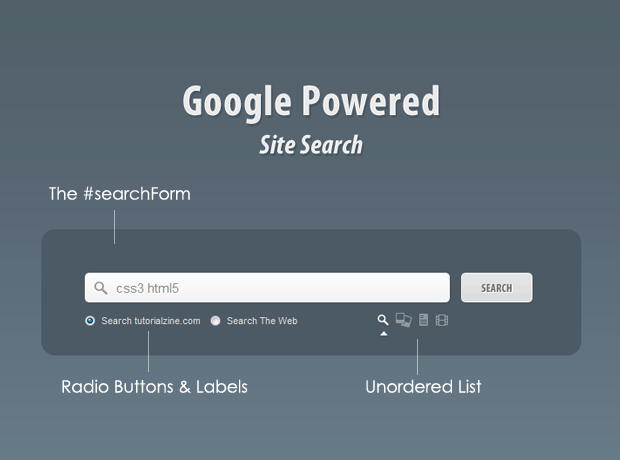

Generic font families are all the font control you need in most situations, and many websites stick to generic font families for reasons having to do with both design and performance. Arial and Helvetica are popular sans-serif fonts. Fonts that don’t have serifs are often called sans-serif (sans is French for without). Fonts such as Times New Roman and Book Antiqua use serifs. Serifs are small accentuations added to font characters to make them more readable. Cursive and fantasy are not understood by most web browsers and should not be relied upon. There are five generic font families, but in practice only three of them are well supported: serif, sans-serif, and monospace. You don’t know exactly what fonts are available, so you just give a description of what you want and the web browser displays something that fits the description. Generic font families are like my order at the coffee place. The person at the counter filled the order with a super-caramel-chocolate-coffee-steamer. Not understanding the array of lattes and cappuccinos I simply requested “something with lots of caffeine and sugar”. Let me explain with an analogy.Ī few days ago I was in a coffee shop. The concept of generic font-families requires a bit of explanation. In addition to listing specific fonts, you can also list generic font-families.

Perhaps that's part of what helps distinguish them? The "d" also has a bit of a tail that the "b" doesn't have. But that's what I just observed by following the procedures during the tests made. And that seems to help.ĭisclaimer: I'm by no means any expert in this matter.

So, even if the brain is messing around by flipping the letters, there's still something to differ. I've been told, that that's what sometimes happens at least to some people with dyslexia. Often, single letters seem to get shifted around, flipped horizontally or vertically, mirrored etc. bottom half of "d") already helped the kids massively. Sometimes, just a variation of the thickness of one of the lines (i. e. "b" and "d" can't be just mirrored, nor can b and q look alike, just rotated by 180°. What I learned is that a font seems to need some "uniqueness" to each individual char. Hence, the test with "common" fonts as well. Even though latter is open source, most schools don't allow the installation of own fonts.
#Helvetica font html install
But we had to test fonts which are commonly available without the need to install OpenDyslexic.


 0 kommentar(er)
0 kommentar(er)
